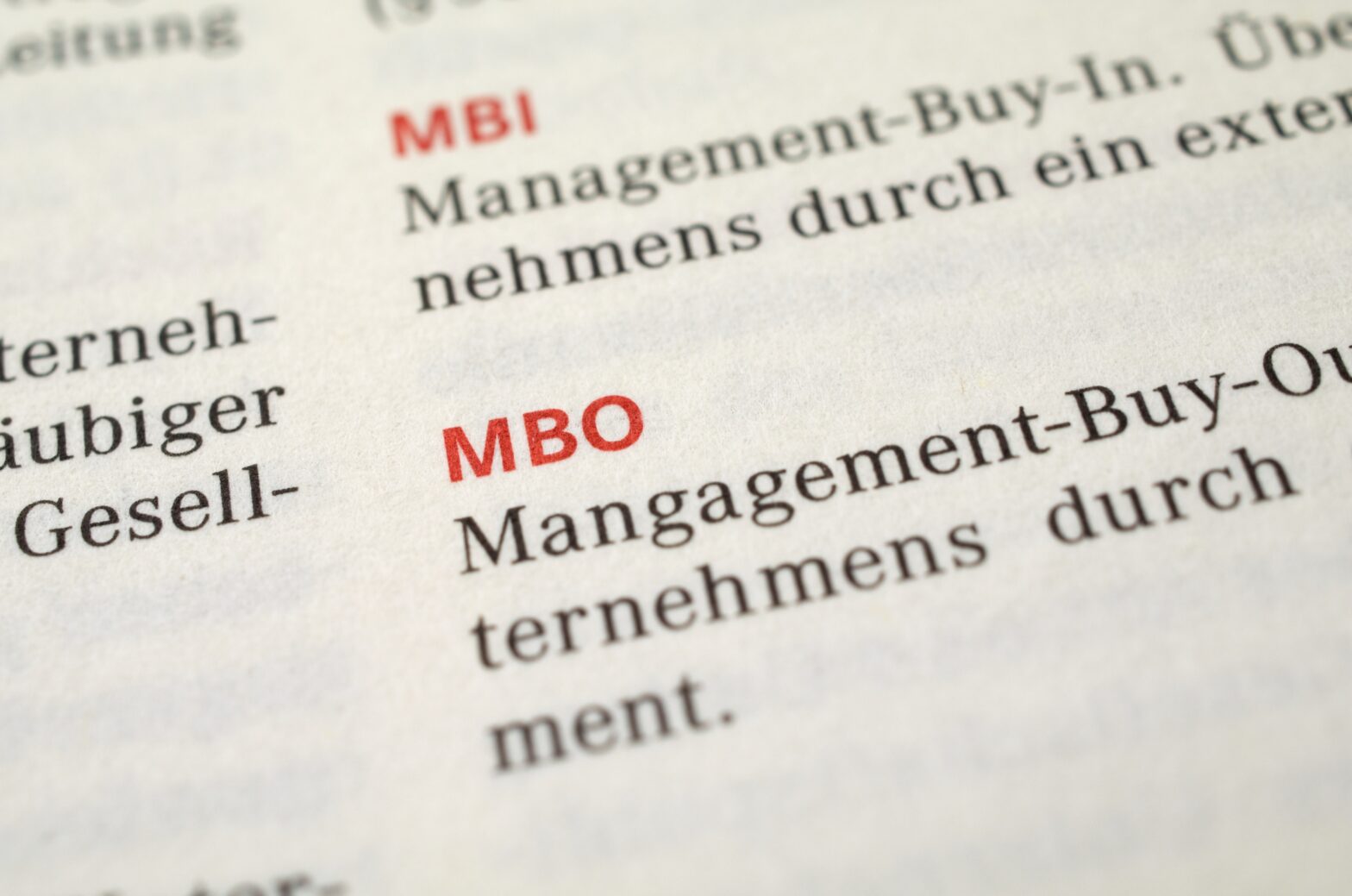Your corporate finance firm has approached a number of potential buyers with a ‘teaser profile’ and generated some interest. You are now talking to some genuinely interested parties. The ‘business fit’ and the potential return on investment seem good for them, and they’ve bought into your pitch as to why they should move ahead with an acquisition.
But now things seem to be slowing up a bit, and they don’t appear to have the same level of enthusiasm for the deal that they initially showed. To solve this issue and the get momentum back in the deal you need to understand that the business and financial parameters are only half the battle.
To get over the finishing line, you’re going to need to get inside the head of the buyer and understand his emotional as well as business concerns.
Acquisitions are driven by two primary and deep-seated emotions: greed and fear. The greed drives the business logic. But the fear is harder to deal with and possibly justified because historically more than 50 per cent of acquisitions fail to produce the anticipated return.
What if it goes wrong? What will the effect be on our existing company? Why should we not do it? How will we look if it fails? Are we paying too much? Will we be able to integrate this business properly into our existing operations? What don’t we know that could cause problems for our existing business?
These are some of the key questions that will be coursing through the minds of your potential acquirers. To sell for your true value you need actively to help them out of this emotional miasma.
You need to provide them with a pathway of certainty and security that leads them to their very individual “promised land”.
To do this, first and foremost, make sure that you have all your information systems in order in advance of this process actually starting. An ability to respond to any requests for information with good quality responses within a 24-hour period is a great way to generate confidence in the acquirer. Also be patient and expect there to be a lot of questions – often trivial and sometimes repeated – as it could cost someone their job if the acquisition fails to deliver.
Build confidence by being brutally honest about selected key areas in which you are weak, and pro-actively highlighting areas for improvement. They will find out, or suspect certain weaknesses anyway.
Never, ever let the acquirer find out anything bad. It destroys trust and just makes them think ‘What else is there?’, or allows for a downward renegotiation of the price. All businesses have issues, so communicate them proactively early on.
Make time to introduce the acquirer to key staff who know your plans but will be staying – this is always a major risk factor for acquirers, so head off this potential issue at the pass.
Build into your business plans some risk analysis for foreseeable events, so an acquirer can see that even with a downside the acquisition will not be a disaster.
The area of business integration also needs careful thought and management, as this is another major risk area for the acquirer. You are unlikely to know the ins and outs of the acquirer’s business, but you should ready yourself for a conversation, which should encompass operations, culture, IT, sales and marketing, as well as day-to-day management practices.
Again, proactive management of what would otherwise be unstated concerns will assist greatly in bringing the deal to a successful conclusion. Only once you have rigorously pursued such a process will the time be right to put the champagne on ice.
See also: The key factors to consider when acquiring a business – We speak to business owners, managers and lawyers who tell GrowthBusiness what it’s like to acquire a company and how to do it effectively.







